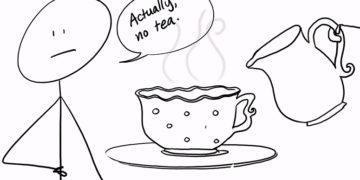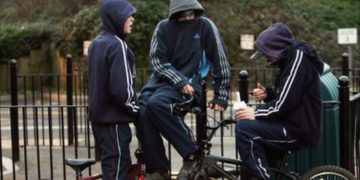CSE – Child Sexual Exploitation
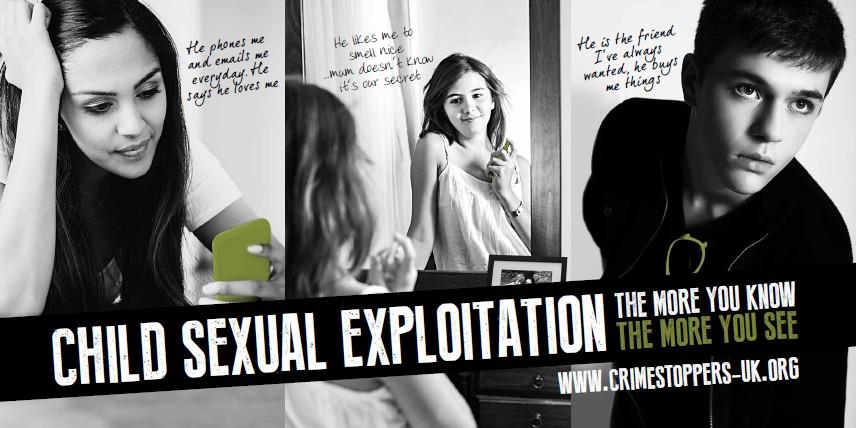
What is CSE?
CSE stands for Child Sexual Exploitation.
What does it mean?
Let’s look at the words individually:
CHILD: Someone under the age of 18
SEXUAL: This could be sending inappropriate images, videos, taking part in sexual acts either in person or through a web cam.
EXPLOITATION: Treating someone unfairly in order to benefit from their work.
Putting all those definitions together, Child Sexual Exploitation involves a child being persuaded or forced into performing sexual acts. The young person is initially groomed either online or in person with gifts, affection, flattery, money, accommodation etc. In return for these “free” things, the perpetrator will ask them to perform sexual activities.
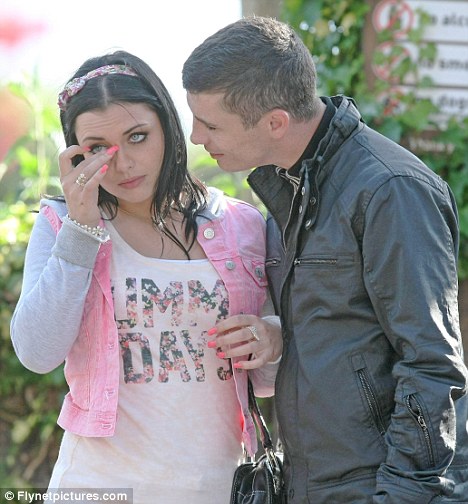
Whitney was sexually exploited by the boy she thought was her bpyfriend in the BBC’s Eastenders.
The facts – How common is CSE?
From August 2010 to October 2011 2,400 children were victims of sexual exploitation in gangs and groups (The Office of the Children’s Commissioner).
Over 230 children were trafficked for sexual exploitation last year (NCA strategic association).
In 2012 70,000 indecent images of children were shared online in the UK (CEOP).
CSE is a huge threat to young people more so now than ever before. With more and more cases being uncovered and investigated for exploiting young people all over the UK, it is really important for you to understand the danger to you and your friends so that you can spot the signs and get help, before it’s too late.
How does it happen?
The perpetrator is able to get a young person into this situation because they have some sort of power over them, for example their age, gender, intellect, physical strength or they may have a lot of money to spend. They may use violence, force and/or intimidation to get what they want.
At first the perpetrator may act or talk in a way that make that young person feel as though they might be their friend or even that they are in love with the person exploiting them.
CSE can happen in person or online. Social media platforms are an easy route for someone looking to exploit a child online. Chat rooms and forums are other places where these people will be looking to contact their victims.
CSE almost always involves more than one person and in more cases than not, it involves many people. The initial person who befriends their target may be another young person, they are most likely being exploited too. The target will be introduced then to others and then the exploitation begins.
A young person might be forced into having sex with multiple people in just one day being transported to different houses and flats, passed around complete strangers who have no concern as to that young person’s age or their wellbeing.
What sort of people can be a victim of CSE?
Anyone can be a victim of CSE and by anyone, we mean anyone. Victims can be boys or girls of any age.
However, some people are more vulnerable or at risk than others.
Some factors that can make someone vulnerable to CSE: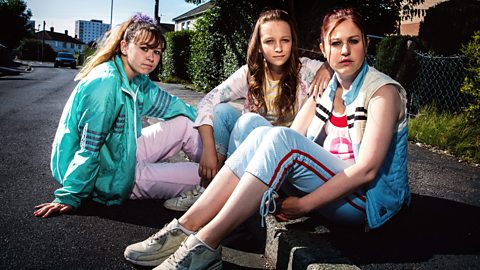
- Living in a chaotic or dysfunctional household
- Have a history of abuse
- Living in residential care, hostel, B&B or being homeless
- Being part of a gang
- Lacking friends from the same age group
- Having friends who are being sexually exploited
- Not engaging in education/training or employment
- Being unsure or uncomfortable with their sexuality
- Having learning disabilities
- Being a young carer
- Going through recent bereavement or loss
- Having low self-esteem or self-confidence
Spotting the signs of CSE
What can sometimes seem like a harmless situation can be a case of CSE. The thing to remember is that as much as victims, perpetrators of this crime can be anyone too. They could be a boy or a girl. They could be a lot older or just a little bit older. They could even be the same age as you! There is no “usual suspect”. So, what are the warning signs?
Getting new stuff all the time, coming to school with a snazzy new phone and not being able to explain where it came from or saying it came from a new boyfriend. Sporting expensive labels or changing the way they look might indicate that someone is being exploited.
Having friends who are a bit or a lot older could be a sign of CSE. They might have their own place, a car and the ability to pay for/buy things for the young person.
Spending a lot of time out of the house or out of school might mean someone is being exploited and isolating themselves from friends and family as to avoid them finding out.
Someone exploiting a young person might give them alcohol and drugs as a way of grooming them. It might become a way of coping with the awful things they are being asked to do.
A victim of CSE might be taken to lots of house parties, clubs or pubs to meet new people.
This is sexual exploitation. A young person will be forced into having sex with people in return for money.
Someone exploiting a young person will want to cover their tracks. They will tell hat young person that they have to keep what they are doing a secret. They may be threatened with violence or punishments if they tell anyone, scaring that young person into keeping quiet.
Have you seen this?
The below video is from the CEOP website and follows a group of young people and the beginnings of two new relationships. See if you can figure out which relationship is the exploitative one. Think about what you would do in the situations these young people face.
Where to get help
The CEOP Website:
This website provides lots of information and support about online CSE as well as ways to report it. If you click the yellow “Make a Report” button on the homepage. Simply answer the questions and click submit and your report will go straight to the police.
The Police:
If you are being sexually exploited or know of someone who is being exploited and is in danger either online or in person you can take the case straight to the police. CSE is a criminal offence and the police take this extremely seriously.
Safeline:
Safeline are a sexual abuse and rape charity who can support you through counselling, therapies, ISVA support should you make the decision to take your case to court. We offer non-judgemental support but most importantly we will believe you 100%.
Image Sources

